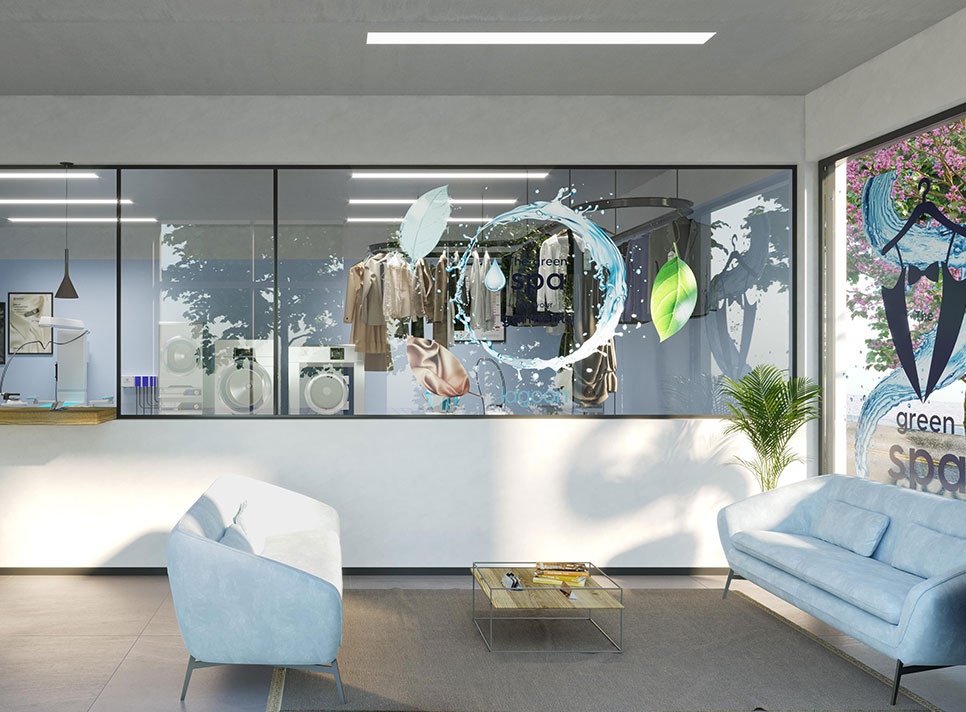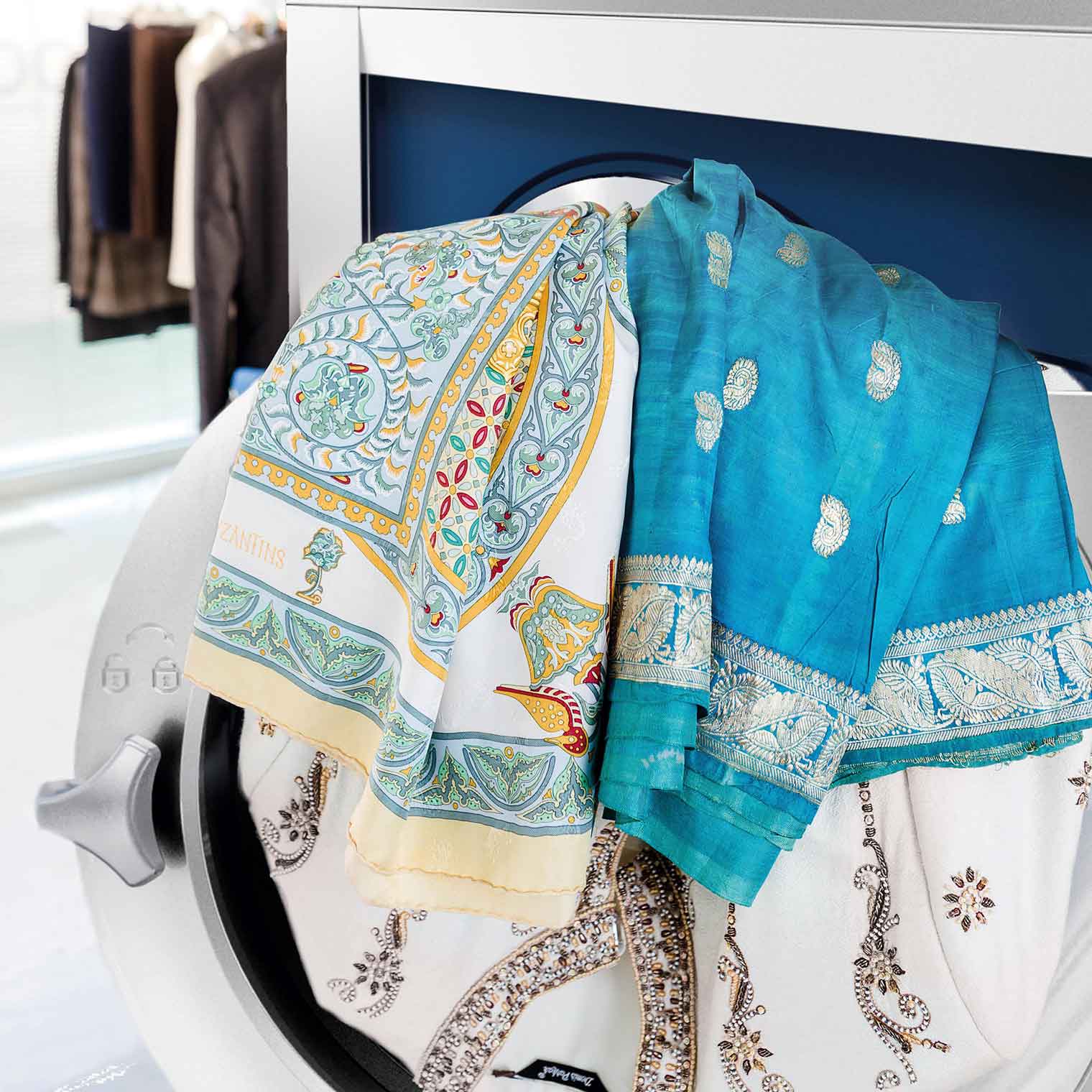A Market overview by Antonella Favaro, Global 360 Communication Manager – Laundry at Electrolux Professional Group
Sustainability has become one of most popular words in the professional textile care industry. Afterall, utility consumption – both water and power – as well as the use of chemicals and detergents are intrinsically linked to the day-to-day operation of a commercial laundry business.
Fortunately, many of today’s laundry professionals are more aware and accountable for their actions and recognize the need to operate as efficiently as possible. This should be applauded, for the desire to achieve more while using less has not always been the case.
However, it is important we do not only focus on the consumption habits of laundry equipment. We must also turn our attention to one of the fastest-growing challenges impacting our industry: the environmental impact of fast fashion.
‘No single solution’
It is a fact that the fashion industry is responsible for 8-10% of all global emissions and worldwide clothes sales are expected to increase by up to 65% by 20301.
Worryingly, less than 1% of used clothing is recycled into new garments2. and on average, 2.6 metric tons of clothing are either burned or sent to landfill every second3.
There is no single solution to this problem, but textile care professionals do have a role to play by providing consumers with access to cleaning technologies which can help preserve material integrity and increase longevity, especially with delicate garments.
For example, if a consumer wants to clean a woolen jumper or cotton t-shirt at home, there is no guarantee they will use the correct settings for that specific garment, avoid over- or under-loading the machine, or have the capability to remove a stain effectively. If that jumper shrinks or that t-shirt remains stained, there is a good chance it will end up being thrown away.
Turning to a professional is certainly the first step, however not all solutions are equal.
Taking action
Our primary goal in launching the lagoon® Advanced Care system was to change this perception by providing a truly effective and safe wet-cleaning solution.
Recognizing the need to minimize mechanical action, we developed a system that cleans garments safely, sustainably, and durably, with a cycle time comparable to dry-cleaning. This process has been recognized by the Hohenstein Institute for its ability to reduce textile wear, dimensional changes, and color loss. For over 20 years, The Woolmark Company has endorsed lagoon® for safely cleaning Woolmark-dry clean only labeled wool garments in water.
The latest variant of our lagoon® Advanced Care system is now available with a Heat Pump technology, to help businesses and operators looking for a sustainable alternative reduce their environmental impact even further.
Final thoughts
Ultimately, this approach won’t solve the fast fashion crisis overnight. However, if we can help consumers curb their own consumption habits and make their clothes last longer, we may start to see incremental change in both the number of clothes purchased and the number lost to landfill.
The industry has already risen to the challenge of doing more with less; now it’s our obligation to help consumers to do the same.

